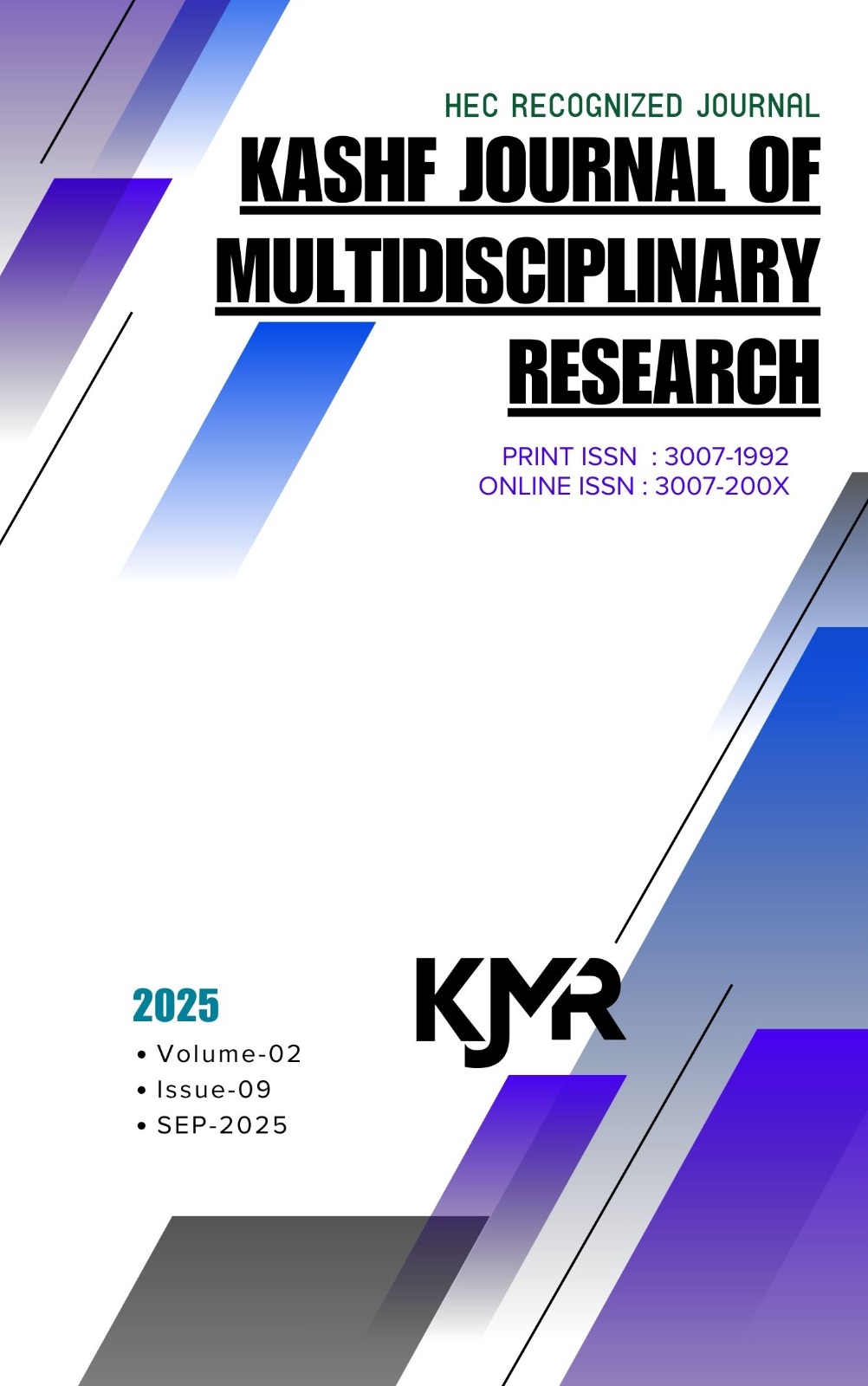HEALTH IMPLICATIONS AND NUTRITIONAL VALUE OF CONCURRENT CONSUMPTION OF FISH AND MILK: MYTHS, FACTS, AND PUBLIC AWARENESS IN NORTHERN NIGERIA
DOI:
https://doi.org/10.71146/kjmr599Keywords:
Health implications , Nutritional value , public awarenessAbstract
The concurrent consumption of fish and milk has long been a subject of dietary debate, particularly in traditional communities where myths about adverse health effects are widespread. In Northern Nigeria, the belief that eating fish and drinking milk together causes skin diseases, such as vitiligo, remains prevalent despite limited scientific evidence. This study investigates the health implications and nutritional benefits of consuming fish and milk together, aiming to separate fact from fiction. Using a mixed-methods approach, data were gathered through surveys, interviews, and literature analysis. Findings indicate that while both fish and milk are highly nutritious—rich in protein, calcium, omega-3 fatty acids, and vitamins—their simultaneous intake does not inherently pose health risks for the general population. However, individuals with specific allergies or lactose intolerance may experience adverse reactions (Mahmood et al., 2021). Public awareness in the study area revealed significant misconceptions influenced by cultural beliefs rather than scientific understanding. The paper recommends targeted health education to dispel myths and promote evidence-based dietary practices. Overall, the combination of fish and milk is safe for most individuals and can contribute to a balanced diet when consumed properly.
Downloads
Downloads
Published
License
Copyright (c) 2025 Mubarak Musa Bodinga , Murtala Malami, Marwana Magaji, Mukhtar Salihu , Murtala Habibu Muhammad, Lawal Ibrahim Bodinga (Author)

This work is licensed under a Creative Commons Attribution 4.0 International License.







